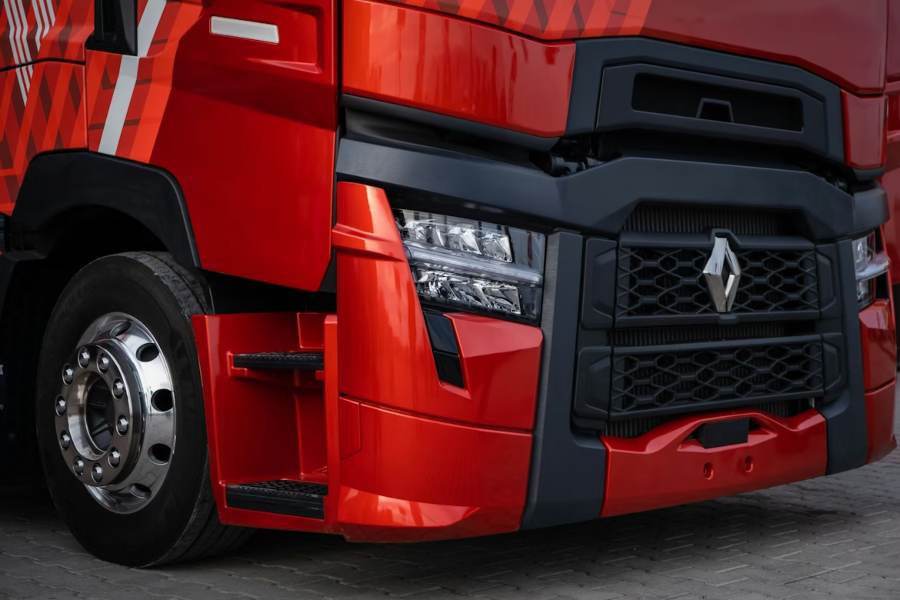Truck owners often debate whether installing a heavy-duty bumper changes how their vehicle drives or wears over time. Many drivers appreciate the added protection these upgrades bring, but questions about weight, suspension stress, and long-term component wear continue to come up in online discussions.
When you look at different options across popular work trucks, it helps to compare similar setups instead of guessing from photos. Fleet managers might be shopping for F-250s, ranch owners may be focused on Ram 3500s, while contractors keep older GM workhorses on the road. For that last group, BumperStock offers Chevrolet Silverado 2500/3500 bumpers for 2015-2019 models, alongside gear for other heavy-duty platforms, which makes it easier to see how design, thickness, and mass differ between brands before making a choice.
From there, the real question isn’t “Is a heavy bumper bad?” but “How much weight is added, where does it sit, and what does that mean for suspension, handling, and long-term wear?”
How Additional Bumper Weight Influences a Truck’s Driving Feel
Any accessory that increases a vehicle’s front-end mass can change how it responds on the road. The amount of change depends on multiple factors: frame design, spring condition, existing accessories, and the total load carried daily. Drivers tend to notice the difference most when the new bumper includes equipment such as winches, lights, or recovery mounts.
A heavier front section can slightly alter steering response, especially at low speed or during tight maneuvers. Yet well-maintained trucks typically compensate without trouble because manufacturers engineer their suspensions with extra capacity. Modern work pickups are built for towing, hauling, and carrying equipment, so a few additional pounds spread across stout mounting points rarely create major issues.
Weight Distribution, Suspension Behavior, and Real-World Effects
Changes sometimes show up subtly over long distances. Uneven wear on front springs, slower rebound, or mild sagging may happen on vehicles with older suspension components. The difference is generally gradual rather than sudden. Replacement springs or level kits can help once parts reach the end of their normal lifespan.
Most drivers report little to no negative impact while using durable steel bumpers responsibly. Maintaining proper tire pressure, rotating tires at standard intervals, and checking suspension hardware ensures consistent handling even when extra accessories add modest weight up front.
When Tire Wear Becomes Noticeable
Concerns about tire life come up often. Heavier bumpers add weight, but not enough to drastically shorten tread lifespan when the truck is maintained properly. Tires naturally wear over time regardless of accessories. Rotations, wheel alignments, and correct loading habits matter far more than bumper weight alone. Trucks designed for towing and hauling are built with this type of added load in mind, so normal driving rarely produces abnormal wear patterns caused purely by bumper installations.
Benefits of Aftermarket Bumpers Beyond Protection
While additional weight sparks discussion, these upgrades offer practical gains that many owners value. The appeal goes beyond preventing damage from animals, debris, or rough terrain. Durable bumpers often come with useful features that expand a truck’s capability.
Common advantages include:
- Additional mounting areas for lighting and gear
- Reinforced recovery points or tow hook cutouts
- Better shielding of headlights and grille components
These improvements help drivers prepare their trucks for real-world conditions where unexpected obstacles are common. Practical advantages often outweigh minor changes in weight-driven behavior.
Do You Need a Lift After Installing a Heavy Bumper?
A lift is not automatically required. Some trucks sit slightly lower in the front after upgrades, especially once accessories like winches or bars are added. However, moderate sag typically points to aging components rather than the bumper itself. Many fleet vehicles operate with sturdy front-end bumpers every day while retaining stock suspension setups.
Installing an aftermarket bumper alone does not demand a lift unless drivers choose larger tires, off-road suspension systems, or other height-dependent modifications. A simple leveling kit can correct cosmetic differences for trucks that need a more balanced stance.
Handling Differences: What Drivers Actually Notice
Subtle steering changes sometimes occur during sharp turns, but day-to-day differences remain minimal for most setups. Long-distance driving rarely feels significantly altered unless the vehicle already has worn suspension parts or oversized wheels. Trucks engineered for work can handle reasonable weight increases without sacrificing confidence behind the wheel.
Drivers who push their trucks through demanding environments—mud trails, unpaved job sites, or steep access roads—tend to value the added protection far more than the slight change in steering feel.
Balancing Weight and Value When Choosing a Bumper
Aftermarket bumpers deliver real-world benefits, from improved durability to better mounting options. While these components add weight, the impact is usually modest and manageable. Maintaining suspension parts, addressing wear early, and selecting quality bumpers with strong mounting systems keeps the truck reliable on any route.
The bottom line is straightforward: a well-built bumper enhances a truck far more than it hinders it. Drivers who understand how added mass interacts with the rest of the vehicle will choose upgrades confidently and enjoy safer, more capable rigs on every trip.

